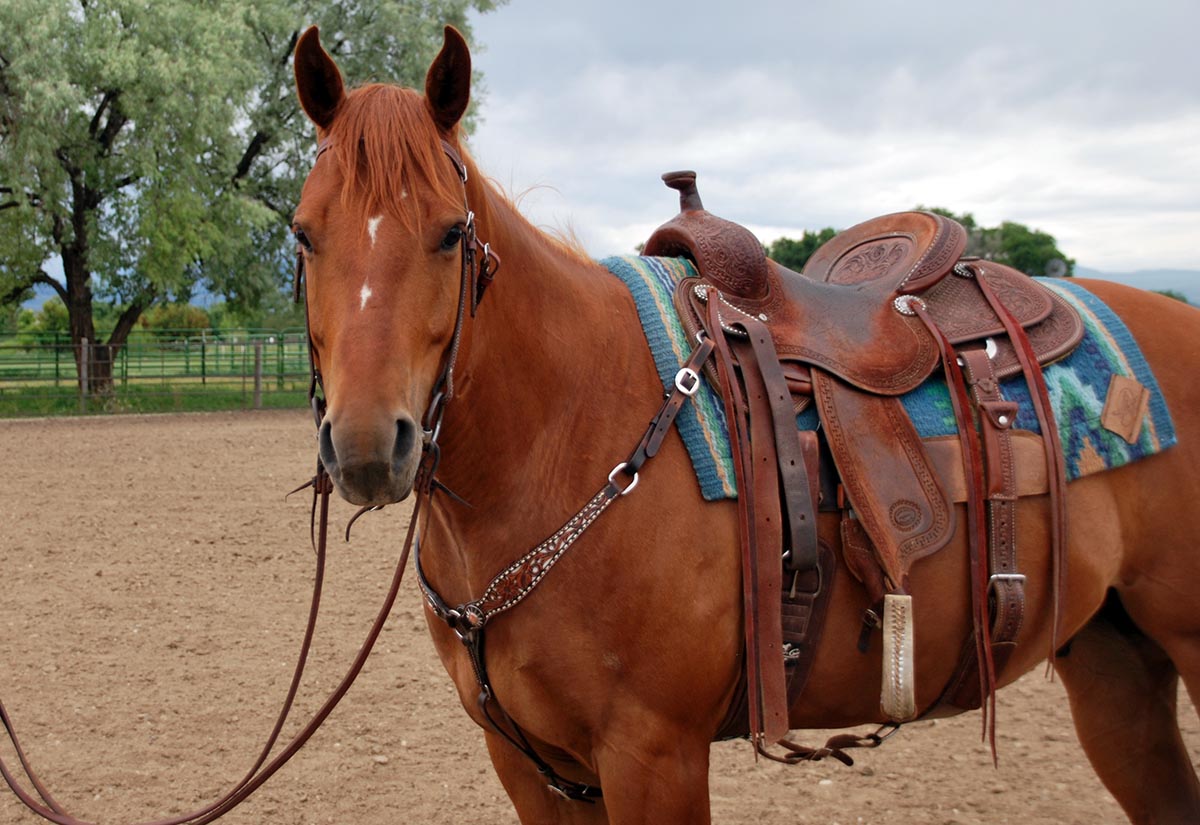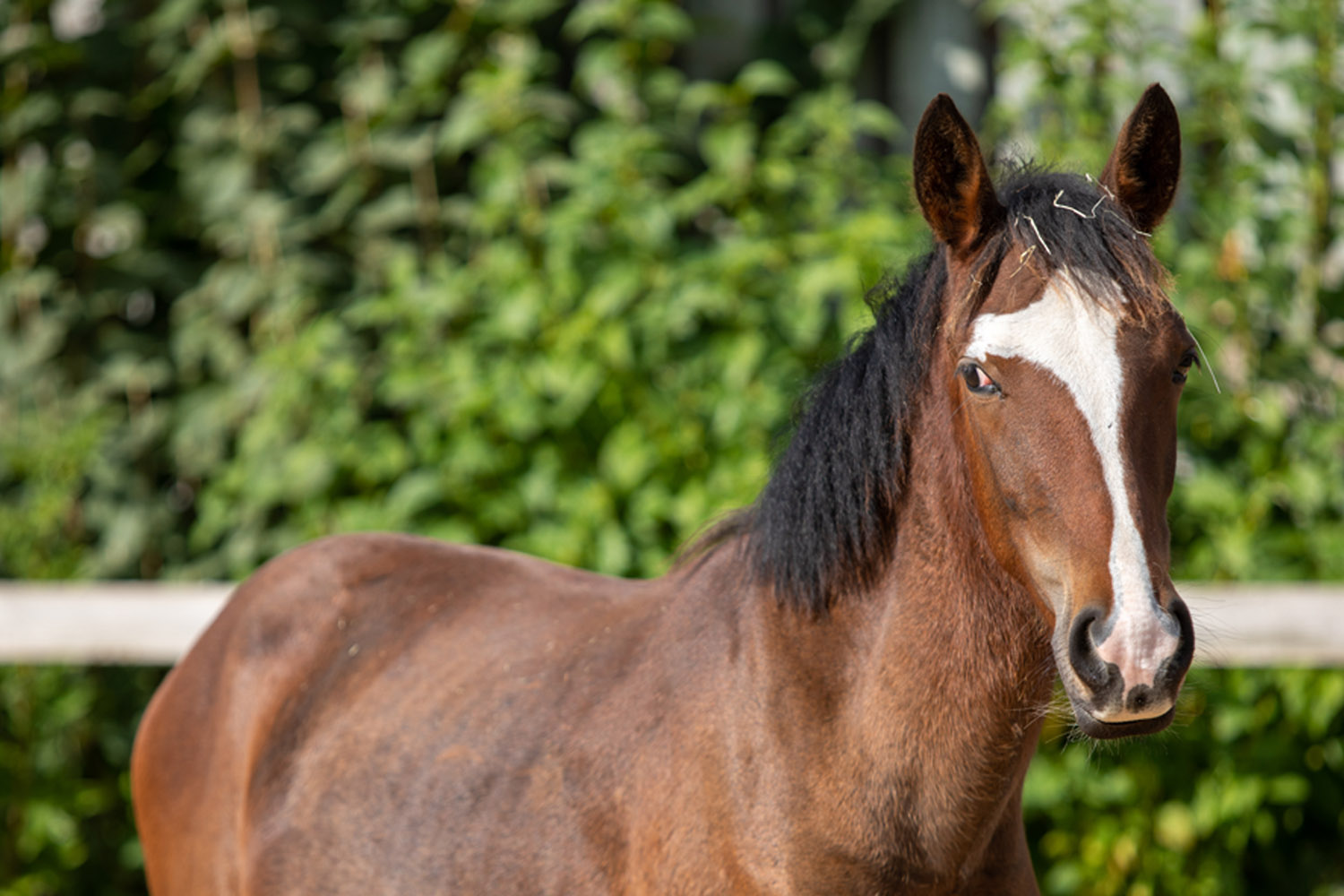For passionate equestrians, ensuring your horse’s comfort and performance begins with proper equipment fitting. One essential element of horse tack is the bridle, which must fit perfectly to avoid discomfort or even injury to your horse. Understanding how to measure a bridle for a horse is crucial for horse enthusiasts who wish to maintain their horse’s health and happiness.
Whether you are a beginner or an experienced rider, this comprehensive guide will walk you through the process of measuring a bridle step by step. Accurate measurement helps in selecting the most suitable bridle, which in turn can enhance your riding experience and your horse’s well-being.

Why Proper Bridle Fit is Important
A correctly fitting bridle is essential for effective communication between you and your horse. A tight bridle can cause pain, while a loose one might not allow you enough control. Proper fit promotes comfort, safety, and effectiveness, which are critical for both daily riding and competitive events.
Additionally, ensuring a good fit can prevent various issues such as sores, altered head posture, and behavioral problems in horses that arise from discomfort. Learn more about maintaining your horse equipment with our guide on horse gear maintenance.
Essential Tools for Measuring a Bridle
Before starting the measurement process, you should gather a few simple tools: a fabric tape measure, pen and paper for recording measurements, and of course, your horse. Being organized and prepared will make the task much simpler and more accurate.
Choosing the Right Location
Opt for a quiet and comfortable place for your horse to stand calmly while you’re taking measurements. The environment greatly influences the accuracy of your results and reduces the stress for your horse.
Step-by-Step Guide: Measuring a Bridle for Your Horse
Now that you’re prepared, let’s go through each part of a bridle and how to measure it:
1. Measuring the Browband
The browband is the strap that sits across the horse’s forehead. To measure it, place one end of the tape at the end of one ear, stretching it across the forehead to the end of the other ear. Ensure the tape lies flat and does not bend at the ears.
2. Cheek Pieces Measurements
The cheek pieces run from the browband to the bit. Start measuring from the browband attachment point down to the corner of the horse’s mouth. This helps determine the length needed to align with the bit comfortably.
3. Noseband or Cavesson Measurement
The noseband should be measured under the cheekbones, fitting snugly yet comfortably. Wrap the tape around the horse’s nose a couple of fingers above the nostrils.
4. Throat Latch
Typically, the throat latch should be loose enough for comfort but secure. Begin measuring from the base of the right ear, under the throat, to the base of the left ear.
5. Bit Measurement
If you haven’t selected the bit yet, measure the mouth width to choose a suitable bit size. Measure from one corner of the mouth to the other.
Choosing the Right Bridle After Measuring
With these measurements, you can select a bridle that matches the dimensions noted. Remember, different brands might interpret sizes differently, so always check their sizing charts. If possible, try the bridle on your horse before purchasing.
Types of Bridles
Various types of bridles are available, catering to different riding styles and horse anatomies. Common options include English, Western, and bitless bridles. Select one that aligns with your riding discipline and your horse’s needs.
Common Mistakes to Avoid
Despite the best intentions, measuring errors can occur. Remember to keep the tape measure flat and read the markings accurately. Avoid stretching the tape too tightly around the horse, as this could lead to incorrect sizing.
Maintaining and Storing Your Bridle
Proper maintenance extends the life of your bridle. Clean it regularly with suitable products and store it in a dry, safe place. For more tips, refer to our article on storing horse riding gear.
Adjusting the Bridle for Comfort
Once you have the right bridle, adjust it for optimal fit. Ensure the bit sits correctly and the cheek pieces are not too long or short. The noseband should be snug yet allow two fingers to fit between the band and the nose.
When to Reassess Measurements
Reassess your horse’s bridle fit periodically, especially if there are changes in your horse’s weight or head shape. Remember, a good fit today might need adjustments in the future.
Considerations for Different Horse Breeds
Different breeds have distinct head shapes, which influences bridle fitting. For example, Arabian horses have smaller, more refined heads compared to draft breeds. Understanding these differences helps in selecting the most suitable bridle for each horse.
Expert Tips for a Perfect Bridle Fit
Consult with experienced equestrians or professional fitters if you’re unsure about your bridle fit. They can provide personalized advice and adjustments to ensure your horse’s comfort and performance are optimized.
Continuous Learning and Improvement
As you continue your journey in equestrianism, always be open to learning. Engage in workshops and read extensively about horse care to keep improving. If you’re interested in safety, here are some horseback riding safety tips to consider.
Conclusion
Knowing how to measure a bridle for a horse is essential for ensuring comfort and communication with your horse. With the right fit, both you and your horse can enjoy a safer and more pleasurable riding experience. Regularly check and adjust your bridle’s fit, and don’t hesitate to seek professional help when needed.

Frequently Asked Questions
1. How often should I check my horse’s bridle fit?
It is recommended to check the bridle fit every few months or whenever you notice changes in your horse’s behavior or physical condition.
2. Can I measure my horse for a bridle by myself?
Yes, you can measure your horse alone, but it may be easier and more accurate with the help of another person to steady the horse and assist with the measurements.
3. What should I do if I cannot find a bridle that fits perfectly?
If a perfect fit is challenging, consider having a custom bridle made or consult a professional fitter who can make necessary adjustments or recommend the best solutions.






